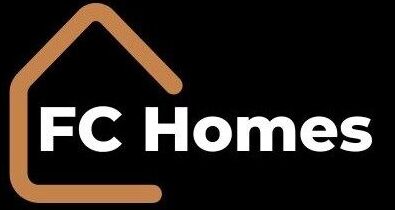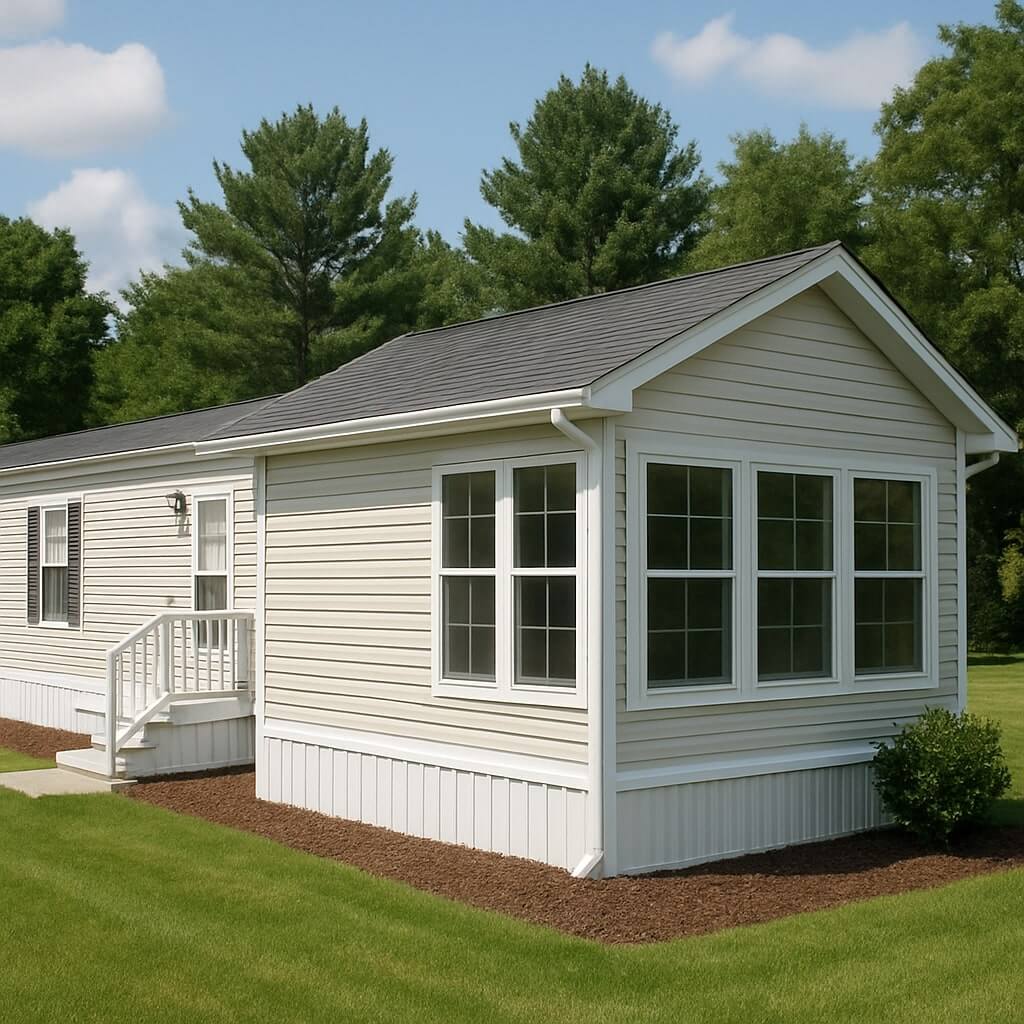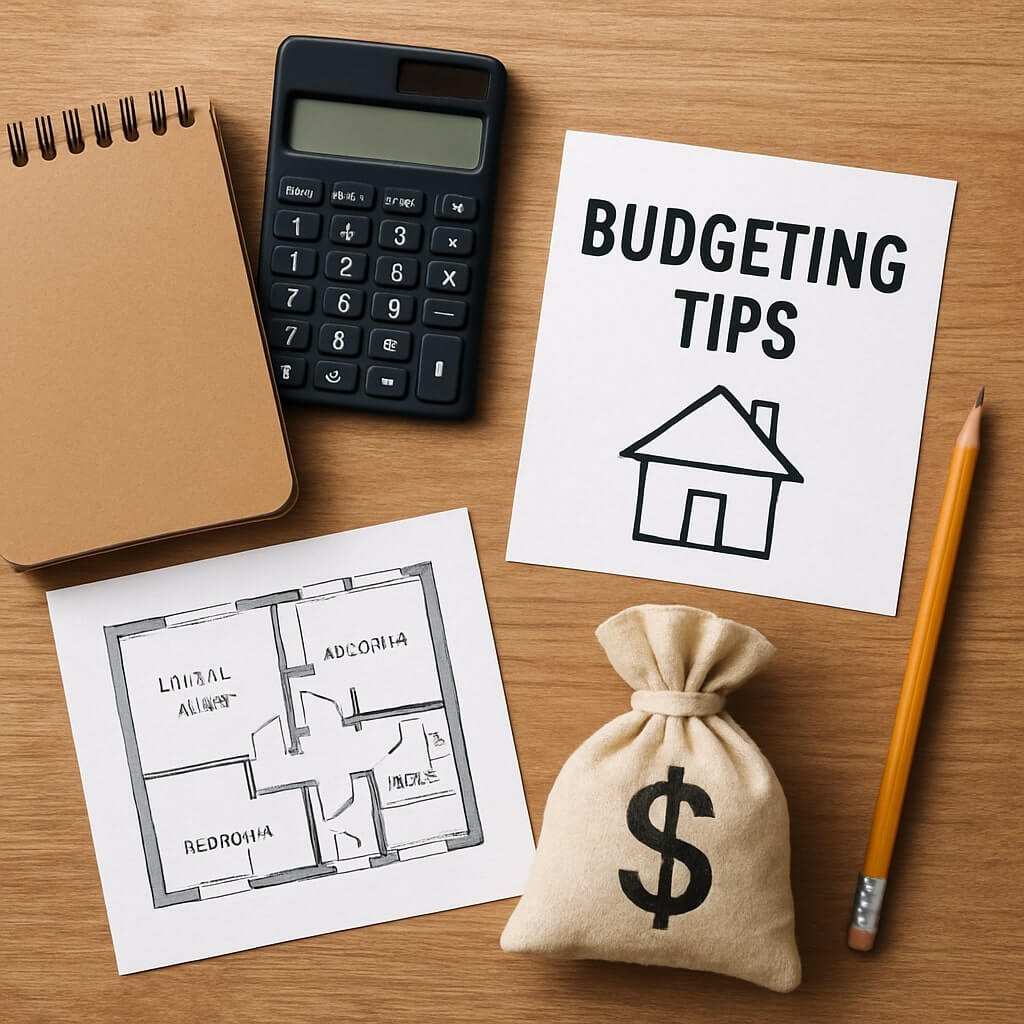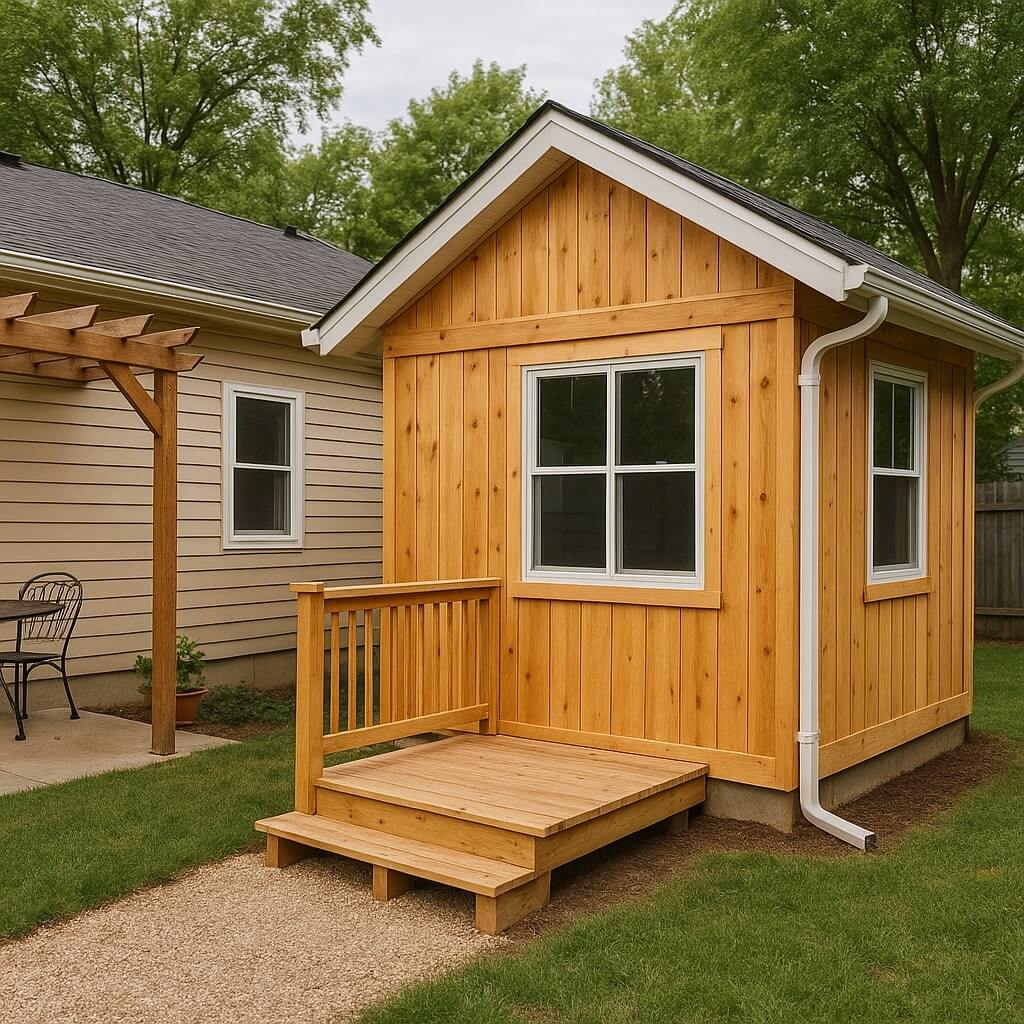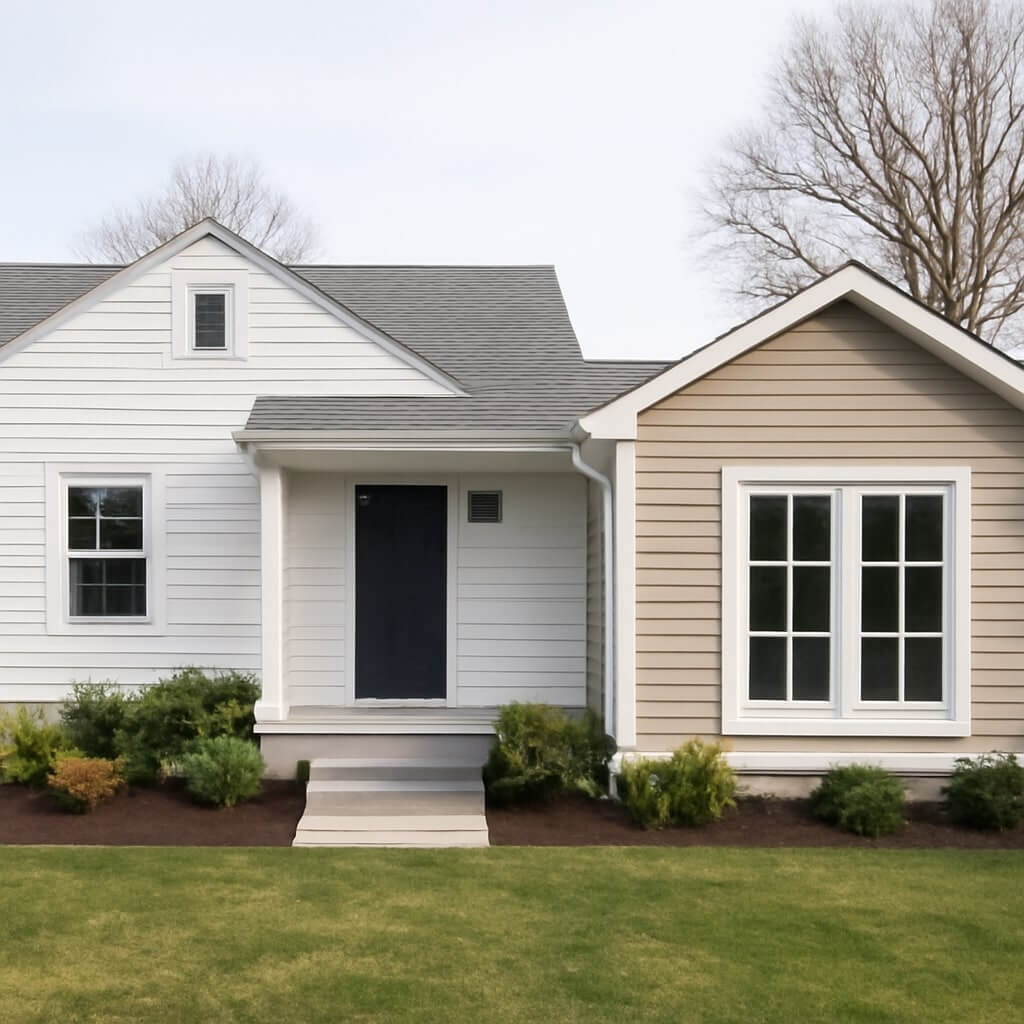When considering an addition to your manufactured home, there are several essential factors to keep in mind. You need to understand zoning laws and building codes, as well as the importance of permits. It’s also crucial to assess your home’s structural integrity before proceeding. As you plan your project, you might face various challenges that could affect your budget and timeline. So, what steps should you take to guarantee a successful addition?
Key Takeaways
- Understand local zoning laws and obtain necessary permits to ensure compliance before starting any addition project on a manufactured home.
- Conduct thorough structural assessments to confirm the home can support additional weight and withstand environmental factors like wind and seismic activity.
- Establish a realistic budget that includes construction costs, permits, and potential increases in property value after the addition is completed.
- Be aware of market demand and buyer preferences, as modern designs and additional amenities can enhance property value and attractiveness.
- Prepare for construction challenges such as delays, unexpected costs, and compliance with building codes to ensure a smooth addition process.
Understanding Manufactured Home Construction

Manufactured homes are built in a controlled factory environment, which guarantees consistency and quality in construction.
You’ll find that these homes utilize various construction materials, including steel, wood, and advanced insulation, ensuring durability and energy efficiency.
The manufactured home features often include open floor plans, modern appliances, and customizable layouts.
This factory setting allows for streamlined production processes, reducing time and costs while maintaining high standards.
Understanding how these homes are constructed helps you appreciate their value and longevity.
With the right knowledge, you can make informed decisions when considering additions or modifications to your manufactured home.
Zoning Laws and Building Codes
Before you start adding on to your manufactured home, it’s essential to check local zoning regulations.
These laws can dictate what modifications are allowed and may require you to obtain specific building permits.
Understanding these requirements will help you avoid potential legal issues and guarantee a smooth addition process.
Local Zoning Regulations
When considering additions to your manufactured home, understanding local zoning regulations is essential. Zoning restrictions can greatly affect your plans, dictating what you can and can’t do on your property. Familiarize yourself with land use guidelines to guarantee compliance.
| Zoning Type | Key Restrictions |
|---|---|
| Residential | Height limits, setbacks |
| Commercial | Usage, signage |
| Agricultural | Building types, size |
| Mixed-Use | Functionality, density |
Check with your local zoning office to get accurate information and avoid potential issues during your addition project.
Required Building Permits
Obtaining the necessary building permits is essential for any addition to your manufactured home, as failing to do so can lead to significant legal and financial repercussions.
Start by submitting a permit application to your local building authority. This application usually requires detailed plans, specifications, and possibly even surveys. Be prepared to pay permit fees, which can vary based on the size and scope of your project.
Additionally, guarantee your plans comply with local zoning laws and building codes. Ignoring these requirements can result in fines, delays, or even having to remove your addition, so it’s best to follow the process carefully.
Importance of Permits
When adding to your manufactured home, obtaining the necessary permits is essential for legal compliance.
These permits guarantee that your project meets safety and inspection standards, protecting both your investment and your family.
Ignoring this step can lead to costly penalties and unsafe living conditions.
Legal Compliance Requirements
Although adding to a manufactured home can enhance its value and functionality, it’s essential to understand the legal compliance requirements involved, particularly the importance of obtaining permits.
Failing to secure these permits can lead to serious legal implications. Here’s a compliance checklist to guide you:
- Check local zoning laws.
- Obtain necessary building permits.
- Guarantee adherence to state regulations.
- Consult with a licensed contractor for compliance.
Completing this checklist can help you avoid fines and guarantee your addition meets all legal standards, keeping your project on track and within the law.
Safety and Inspection Standards
Securing the right permits not only guarantees legal compliance but also plays an essential role in maintaining safety and inspection standards for your manufactured home addition.
By following safety protocols, you make sure that your construction meets local regulations and protects your investment. Permits typically require adherence to specific inspection requirements, which can include electrical, plumbing, and structural assessments.
These inspections help identify potential hazards before they become serious issues, safeguarding your home and family. Skipping permits may lead to costly fines or unsafe conditions, so always prioritize obtaining the necessary approvals before starting your project.
Assessing Structural Integrity
Before you consider adding onto a manufactured home, it’s vital to assess its structural integrity.
Conducting thorough structural assessments guarantees your home can support additional weight and maintain safety.
Focus on these key areas:
- Foundation Integrity: Check for any cracks or signs of settling.
- Framing: Inspect the wall and roof framing for damage or rot.
- Roof Structure: Evaluate the roof’s ability to handle extra load.
- Anchoring Systems: Confirm the home is securely anchored to withstand wind and seismic activity.
Addressing these factors will help guarantee your addition is safe and stable.
Designing for Aesthetic Compatibility

Once you’ve confirmed your manufactured home’s structural integrity, the next step is to focus on designing your addition for aesthetic compatibility.
Start by considering the existing color schemes of your home. Aim for hues that complement rather than clash with your current palette.
Next, reflect on architectural styles; your addition should harmonize with the home’s design elements. Whether your home features a modern, traditional, or cottage style, maintaining a cohesive look guarantees your addition feels like a natural extension.
Budgeting for Your Addition
As you plan your addition, it’s crucial to establish a realistic budget that reflects both your vision and financial capabilities.
A well-structured budget can help you manage costs effectively. To assist with cost estimation, consider these key factors:
- Materials: Determine the cost of construction materials.
- Labor: Account for hiring professionals if needed.
- Permits: Include costs for necessary permits and inspections.
- Financing Options: Explore loans or lines of credit that fit your budget.
Choosing the Right Materials
After establishing your budget, the next step is selecting the right materials for your addition. Your material selection should reflect both your aesthetic preferences and the practical needs of your manufactured home.
Consider factors like weather resistance, maintenance requirements, and overall durability. For instance, choosing high-quality siding and roofing materials can enhance your home’s longevity and energy efficiency.
Additionally, think about insulation options that will improve comfort and reduce energy costs. By prioritizing durability considerations, you’ll guarantee your addition stands the test of time while adding value to your home.
Make informed choices that align with your goals and budget.
Hiring Qualified Contractors
How can you guarantee your addition is built to last? Hiring qualified contractors is essential. To help you choose the right one, consider the following:
- Contractor Qualifications: Verify licenses and certifications relevant to your project.
- Contractor Experience: Look for a proven track record in manufactured home additions.
- References: Ask for and check reviews from previous clients to gauge satisfaction.
- Insurance: Confirm the contractor has liability insurance and workers’ compensation coverage.
Impact on Property Value
When you consider adding to your manufactured home, it’s essential to assess how these changes might affect your property’s market value.
Increased demand can enhance your home’s appeal, but you may also face appraisal challenges that could limit your return on investment.
Understanding these factors will help you make informed decisions about your additions.
Market Demand Considerations
As you contemplate adding onto a manufactured home, it’s essential to recognize how market demand can considerably impact property value.
Understanding current market trends and buyer preferences can guide your decisions. Here are key factors to contemplate:
- Location: Desirable neighborhoods attract more buyers.
- Size: Larger homes often command higher prices.
- Design: Modern, appealing designs are more marketable.
- Amenities: Additional features like decks or extra rooms can enhance value.
Appraisal Challenges Ahead
Understanding market demand is only part of the equation when adding onto a manufactured home; appraisal challenges can greatly affect your investment.
Steering through appraisal guidelines can be tricky, especially since manufactured homes often have different valuation challenges compared to traditional homes. Appraisers typically weigh factors like the quality of the addition, its compatibility with the existing structure, and the overall market trends in your area.
If the addition isn’t aligned with these aspects, it could lead to a lower property valuation. As a result, it’s vital to guarantee that your improvements meet both aesthetic and structural standards to maximize your investment.
Preparing for Construction Challenges

While preparing for the construction of additions on manufactured homes, it’s vital to anticipate potential challenges that may arise during the process.
Anticipating challenges is essential when planning additions to manufactured homes for a smooth construction process.
Here are four key issues to reflect on:
- Construction Delays: Weather or zoning issues can push back your timeline.
- Material Shortages: Supply chain disruptions may lead to delays in obtaining necessary materials.
- Budget Overruns: Unexpected costs can arise, so keep a contingency fund.
- Building Code Compliance: Verify your addition meets local regulations to avoid fines or rework.
Conclusion
In summary, adding to your manufactured home requires careful consideration of zoning laws, building codes, and permits. Always assess the structural integrity before proceeding and make certain your design matches the existing aesthetic. Choose quality materials and hire qualified contractors to avoid complications. Keep in mind the potential impact on your property value and be prepared for construction challenges. With proper planning and execution, you can enhance your home while maintaining compliance and safety.
